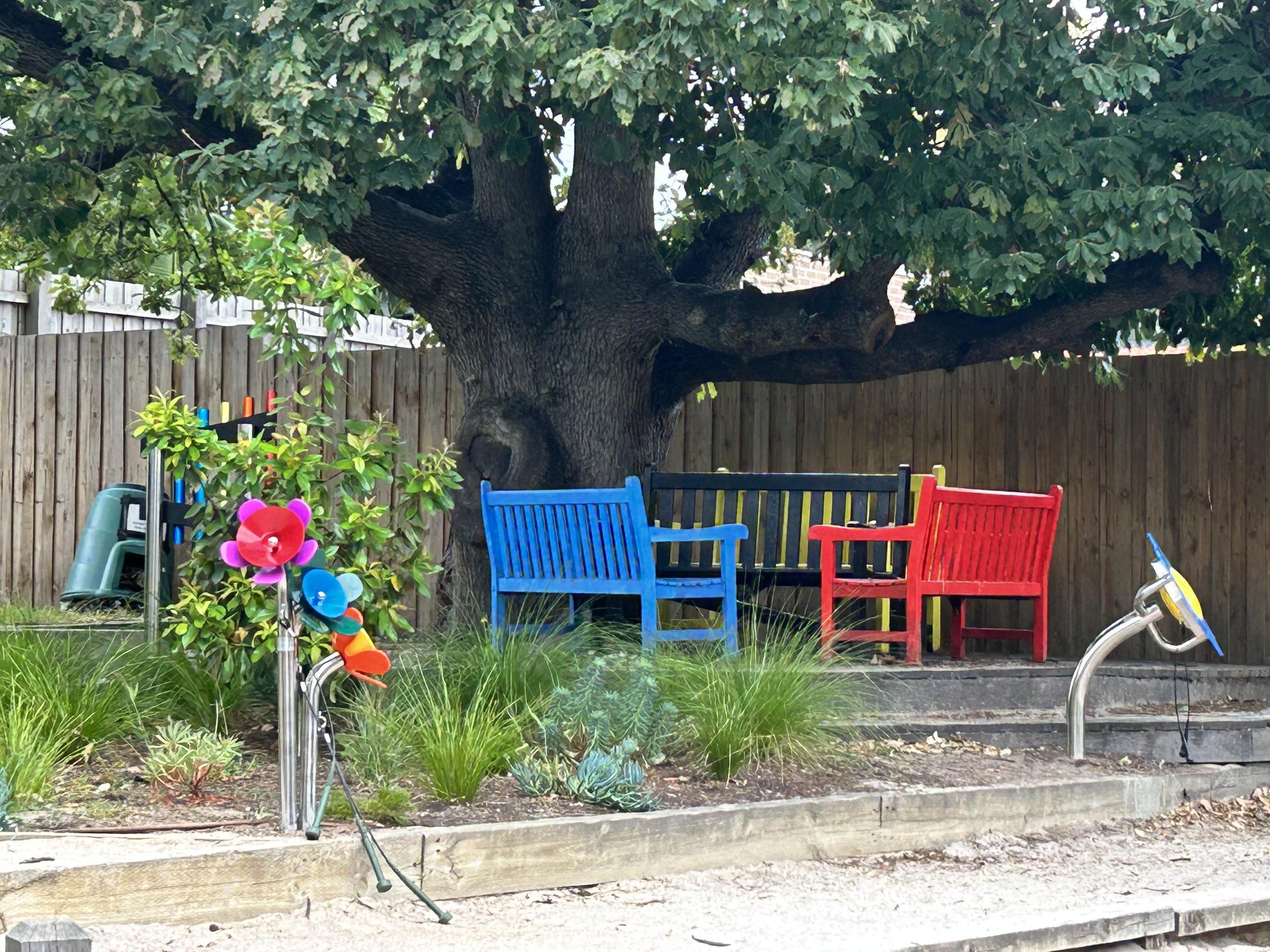Wellbeing
Amanda Howe | Assistant Principal

Wellbeing
Amanda Howe | Assistant Principal
With the end of the school year comes lots of change for our children and this can have an impact on their ability to navigate even the simplest of situations. For some children, change can cause stress and anxiety which can manifest in changes to behaviour, resilience and emotions. The following article from Happy Families provides strategies to help when your children feel sad, cranky, scared or stressed.
It doesn’t matter if you have just one child or six, there is one thing that you’re guaranteed to have to handle: big emotions in your child. It doesn’t matter how good a parent you are, you can even be a parenting expert, and your children will STILL have big emotions. It’s just a fact of life when you’re parenting a 1-year-old or a 12 year old. Teens have their big emotions, and if we’re honest, so do parents! Everyone feels sad, cranky, scared, or stressed from time to time. Big emotions are simply unavoidable in family life. And so we all need effective strategies for dealing with them. First, however, we need to know what triggers them. If we can focus on prevention, we can spend less time on the cure.
Big emotions arise for many reasons. I like the acronym HALTS to help me consider why my child might be emotionally triggered: H is for Hungry. A is for Angry. L is for Lonely. T is for Tired. And S is for Stressed. Sometimes our child is one of these. Sometimes our child is all of them. Perhaps they’ve eaten, but their meal was lacking in nutritional value. Maybe they’re angry about something that we think is silly but it matters to them. Perhaps they’re in a room full of people but they feel disconnected and lonely. It could be that last night’s TV show went late, their mind was buzzing, and they haven’t slept. Or maybe school, family life, our explosive moods, or a friendship drama is creating stress in their life. Spending time reducing the likelihood of these triggers means we experience fewer big emotions at home. But try as you might, you can’t (and shouldn’t) eliminate all stress for your kids. After all, stress creates opportunities for growth.
When those big emotions strike, we must remember that high emotions = low intelligence. Our kids act a bit crazy when emotions are high. And because emotions are contagious, we often catch our children’s crazy, cranky, and chaos and become less intelligent as well. Two or three emotional and unintelligent people in a power struggle never works out well. Since big emotions happen, here are some simple ways that we can respond to our children when they’re feeling sad, cranky, scared, or stressed.
If you think back to the HALTS acronym, there are a handful of simple and intentional things we can do to reduce the likelihood of emotional blow-ups. For example, you could:
▶ Bring a snack for your child to eat while you do the shopping
▶ Don’t demand that chores be done alone, or right before bed
▶ Take five minutes for cuddles and connection before moving into the bedtime routine or once they’re in bed
▶ Consider your timing when you make simple requests of them.
When our children are feeling chaotic, there’s two ways we can go. We can catch their cranky and join them in an escalating cycle of chaos. Or we can stay calm. Easier said than done, but realistically we can’t parent anybody if we can’t parent ourselves first. Do your best to hold it together.
Have you ever been angry, had someone say, “Just calm down!”, and responded “Good point, I needed that logic, I will just calm down.”? Of course not! When emotions are big, don’t try to fix things. Instead…
Some kids want a hug when they’re feeling mad. Other kids want space. Most of the time, they want space first, then connection. If it’s possible, move your child to a private area. Say to them, “I can see you’re having a tough time. Do you want a hug or do you want me to give you some space?” They’ll probably tell you to go away. Give them some space, but let them know that you’ll be just around the corner ready to give them a hug when they’re ready. Then once they’re regulated again you can move onto problem solving.
When things are calm – whether it takes ten minutes or ten hours – sit with your child and ask if you can discuss what happened, and problem-solve so that things go better next time. Then listen. Remember, too, that sometimes these conversations work best when your child is drinking a milkshake or enjoying another treat you picked up for them. Big emotions in our children aren’t an indication that we’re lousy parents. Every single child and teen on the planet cries, stomps their feet, and pushes their parents away. We need to normalise this as part of being human! Fortunately for us, our children also have the best laughs, give the biggest snuggles, and say the funniest things. So next time you’re in the midst of a child’s emotional meltdown, take a big breath and remind yourself that on the other side of this big moment is the sweetest thing you can experience with your child – the opportunity for growth.